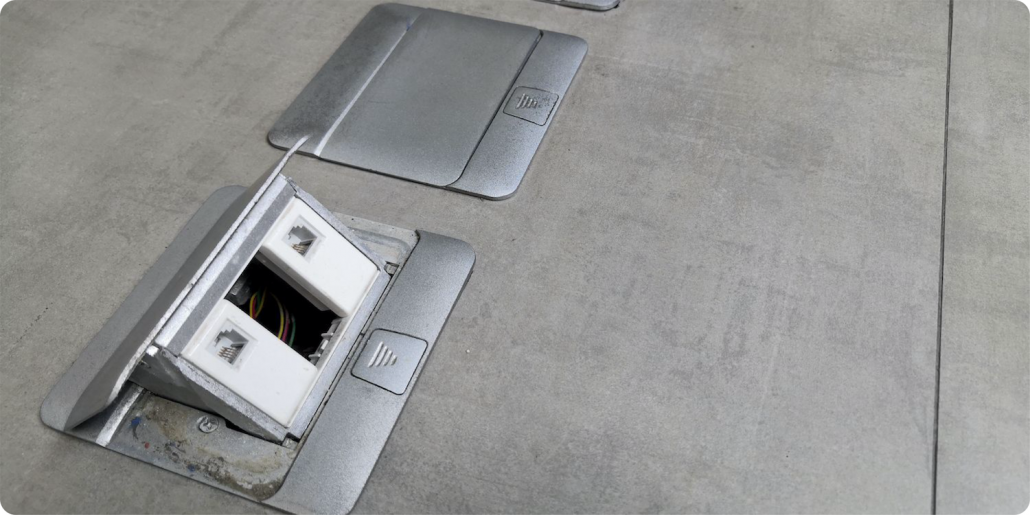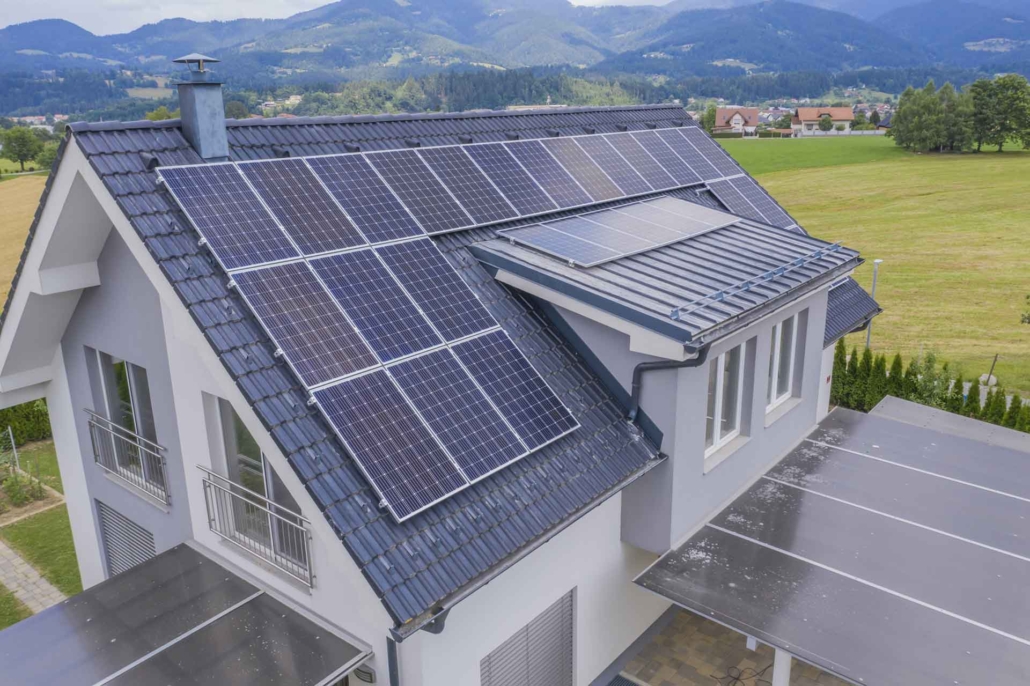September 30, 2020 | Cristina Dinulescu
When shopping for extra electrical outlets and receptacles, you’ll most certainly notice surge protectors and power strips both in stores and online. But what differentiates the two and how do you separate them? Have a look at our surge protectors vs power strip guide and learn more about the differences between the two, as well as how to properly decide which option is more suitable for your needs.
Though surge protectors may look like power strips, it does not mean that all strips are protectors. The main difference between the two is that your electronics are protected against power surges only with the surge protectors. While power strips may be acclaimed extension cords, they do not offer any kind of protection.
A better alternative is having a whole house surge breaker that’s installed in your main electrical panel, which protects all of your circuitry from an inrush of power from the utilities.
1. Functionality
Functionality is definitely the essential element that differentiates the two. While the surge protector does a fine job protecting your electrical and electronics devices against possible voltage spikes, the power strips offer additional outlet space. You can find out more about the importance of a whole house surge protector and why it’s worth having one in our guide.
While the two devices might look similar, you’ll probably be able to tell the difference just by looking at the packaging. The surge protectors actually have a joule rating, which is a unit of measurement. Power surges can cause massive damage to your appliances, and the surge protectors absorb the surge, but they can only take in a limited amount of joules. With this rating, you can measure how long your electronics will be protected.
If the number displayed on the label is 2000 joules, then that’s the maximum amount the surge suppressor can take, and that can happen either in one 2000 joules hit or in ten or 15 lower surges.
The problem is that you can’t always tell when a surge protector turns into just a power strip. Some surge protectors have a light which indicates when the reservoir is low, while others have an alarm system which informs you that it’s time to invest in a new one.
On the other hand, the power strip, although it might look the same as a surge protector, simply plugs into a wall outlet and provides outlets for multiple devices. It does not offer protection of any kind.
2. Usage
Because they have different functions, you might need to use one or the other in different circumstances. A surge suppressor is always recommended, but depending on the number and type of appliances, electronics and devices you have in your home, you might use protectors and power strips differently.
Power strips are great options when having multiple electronics close to one other. In most residential areas, outlets include only two sockets and that is not always sufficient. Having an extra strip is much more convenient.
Power strips contain several outlets, a circuit breaker and some kind of on/off switch, making them a great choice for anyone interested in conserving power. However, note that not all power strips have a built-in surge protector. This leaves appliances vulnerable.
Surge protectors, as well as power strips, are ideal options when having numerous appliances in close proximity. However, having multiple electrical outlets, a surge protects your home from a voltage surge while housing the cords for your phone, TV or computer.
3. Cost
When it comes to price, power strips are relatively affordable. You can purchase power strips for less than $20. So, if you are looking for additional electrical sockets, then that’s the appropriate option for you.
Surge protectors are not expensive either. And they are the right choice if you are looking for a way to protect your devices. There is a higher range of prices as far as surge suppressors are concerned. You can find some products below $20, but there are also more expensive alternatives on the market, which in return offer greater protection.
For large operations, in which major appliances are used, commercial surge protectors may be required. These may be a bit more expensive, but they are better suited to protect your electronics in case of power spikes. Even though you may be looking at a greater investment, remember that it is still less compared to what you may have to pay to replace your electronics if hit by power spikes.
Other Alternatives – UPS
Even though surge protectors may function as power strips, uninterruptible power sources (UPS) work as backup power. These work independently, administering power when the main power supply no longer functions, protecting users and devices. UPS devices provide power almost instantly, with little or no interruption, from batteries, flywheels or supercapacitors.
This is not a long-term solution, but it does give you sufficient time to find an alternative power source, without the risk of damaging your device or losing your work. Some UPS devices allow up to five minutes of battery backup, while others will keep your devices functioning for a longer period.
Uninterruptible power sources give you the peace of mind that your devices are protected against a sudden burnout or complete loss of power. You can even consider using a UPS for your desktop computer all the time, so you don’t risk any data loss. While a UPS might not provide a long-term power supply, in case of a power loss, it will give you sufficient time to find a solution.
The right electrical upgrade can dramatically improve the value and appearance of any home or business. You’ll be amazed at what a difference the right electrical upgrade can make for your home or business. Make sure that when you select an electrical company to do the enhancement of your home and you have decided to take your enhancement to the level where you require an electrical upgrade that the technician at the company has a good working knowledge and the experience to properly guide you in this area.
When you decide to upgrade, our well-trained and certified electricians have all the experience and training needed to complete your electrical panel upgrade project from start to finish, with a minimum of fuss or disturbance. Please contact us right away at 310-800-2401








